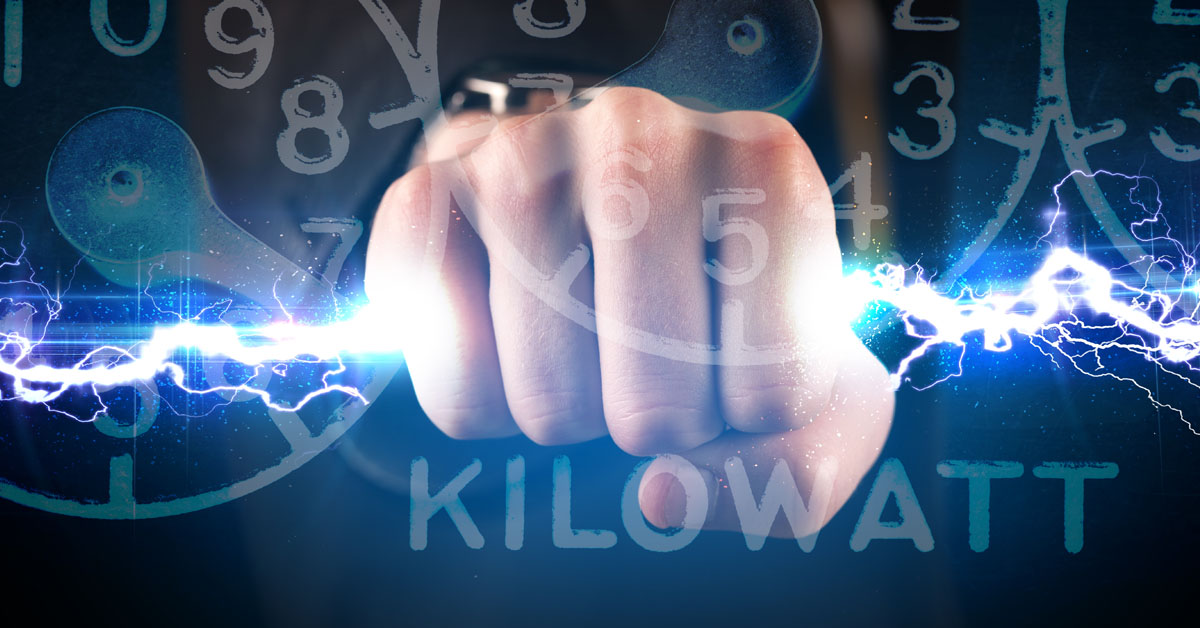In the dynamic landscape of real estate, the fusion of affordability and sustainability has often been a distant aspiration. Recent innovations in the mortgage space, however, are making these goals an attainable reality in a market that can be hard for many borrowers to navigate.
Private energy-efficient mortgages, as well as Fannie Mae’s HomeStyle Energy and Freddie Mac’s GreenChoice mortgages, are reshaping this landscape. These options will revolutionize how buyers purchase their dream homes while also fulfilling their aspirations for eco-friendly living.
Mortgage originators will want to understand these options and relay these choices to clients, especially younger borrowers who may be prioritizing a reduction in their carbon footprint. To illustrate the transformative power of these programs, let’s delve into a real-life example.
Modern expectations
Across the U.S., prospective homebuyers often face a critical dilemma: the challenge of finding an available home within their budget that aligns with their modern expectations. A significant portion of the nation’s owner-occupied housing stock (about 75%) is at least 20 years old, while a startling 35% was built more than 50 years ago, according to census data.
Millennial homebuyers, the age group that’s consistently influencing the market’s direction, are increasingly seeking modern amenities and energy-efficient features. Yet after putting down a substantial downpayment, they are left financially strained and unable to undertake necessary upgrades.
One of the options in the past has been a form of financing called Property Assessed Clean Energy (PACE). These loans allow property owners to make upgrades — including solar panels, lighting systems and water-saving tools — that are repaid over time through assessments that are in addition to property tax bills.
There are disadvantages to PACE financing. For one, the owner may experience difficulty selling the property in the future since the debt is tied to the property rather than the borrower. Second, lenders may be reluctant to accept these homes as collateral since their claims may be subordinated to the unpaid assessment should the property go into foreclosure. Third, residential PACE programs are currently available in only three states (California, Florida and Missouri).
Fannie and Freddie have developed their own energy-efficient mortgages, the HomeStyle Energy and GreenChoice loans. Another option is a private energy-efficient mortgage that allows a homeowner to allocate up to 15% of the purchase price to eco-friendly improvements. These enhancements can encompass a spectrum of upgrades, ranging from energy-efficient appliances and solar systems to advanced heating and cooling solutions and eco-conscious landscapes.
Tangible example
To grasp the impact of a private energy- efficient mortgage product, consider the following example. Let’s assume a homebuyer purchases a $600,000 home with a 5% downpayment. They might spend $10,000 on a credit card for new appliances in the first year. Additionally, they anticipate an electric bill of roughly $350 per month.
In this scenario, their overall financial picture would include $4,700 a month for principal, interest, taxes, homeowners insurance and mortgage insurance. The credit card payment for the appliances (at a 23% interest rate) would add $300 a month. Including the $350 electric bill, this equates to a total monthly bill of $5,350. But by utilizing a private energy-efficient mortgage product, the expenses could be dramatically altered.
If the homeowner opts for an energy-efficient mortgage to install solar panels and new appliances, the monthly bill could total $4,950 for principal, interest, taxes and insurance. That’s an additional $250 per month compared to the previous example. But the homeowner would eliminate $300 a month in credit card debt while the improvements could reduce their power bill to as little as $40 a month.
Under this scenario, the combined monthly commitment would total $4,990. With a small increase in their monthly mortgage payment, the homeowner reaps substantial benefits. In this example, the energy-efficient mortgage product offers potential savings of up to $360 each month.
Path forward
This new approach is arriving in a housing market that needs new tools. It showcases how a relatively modest increase in the monthly mortgage payment can lead to substantial savings in other areas. The incorporation of energy-efficient upgrades not only improves the environmental impact of the home but also has a direct positive effect on the homeowner’s financial picture.
Electric bills are expected to rise by an average of 10% this year and possibly another 10% next year. The eco-conscious approach offers a beacon of hope for many. It illuminates a path toward sustainable homeownership while simultaneously freeing homeowners from the burdens of mounting credit card debt and escalating utility costs.
This new sustainability-driven approach is more than a financial instrument — it’s an embodiment of progress. By merging affordability, sustainability and practicality, this innovative solution exemplifies how visionary thinking and adaptability can drive transformation in real estate finance.
Energy-efficient mortgage products of all kinds transcend traditional boundaries in the real estate sector. They offer not only a tangible way to upgrade homes but also a means for creating a more sustainable future — one that is within reach for homeowners from all walks of life. ●
Author
-

Brian Decker is CEO of Modern Lending, a mortgage bank operating in 15 states with locations in California, Tennessee and Arizona. In 2022, Decker stepped into a full-time role as CEO of Modern Lending. That same year, he also founded Soar Energy with HGTV stars Tarek and Heather El Moussa, as well as United Wholesale Lending CEO Shelby Elias.





